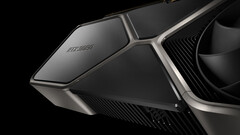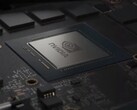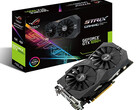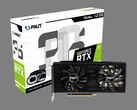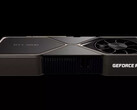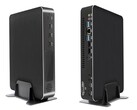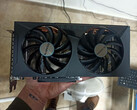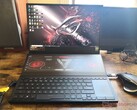Late last year, we projected that the performance gaps between mobile GeForce RTX 30 and desktop GeForce RTX 30 would widen significantly when compared to the previous RTX 20 generation. Now that the first RTX 30 laptops have come to market, our in-house tests between a handful of GeForce RTX laptops have unfortunately upheld our prediction. Jumping from a mobile RTX 3080 to a desktop RTX 3080 can net users a 50 to 60 percent gain in raw graphics power compared to just 10 to 15 percent between the mobile RTX 2080 to desktop RTX 2080. Similar results also exist between the RTX 2070 series, but this page will focus on the RTX 3080 series for simplicity's sake.
The culprit for the wide performance discrepancy this generation isn't much of a surprise. Desktop gamers have probably noticed by now that their GeForce RTX 3080 graphics cards have significantly higher power ratings than their older RTX 2080 cards by about 40 percent (320 W vs. 225 W). Consequently, RTX 3080 cards are typically thicker and with stronger cooling than the older RTX 2080 cards to compensate for the extra heat generated.
On laptops, TGP ratings have hit a brick wall. The mobile RTX 2080 is rated for only 150 W maximum and so is the latest mobile RTX 3080 meaning the new mobile Ampere series must run under similar power constraints as the older mobile Turing series.
Raising the power ceiling for mobile Ampere by significant margins was likely impossible during development because these chips must fit into the same laptop models and thickness levels designed for mobile Turing. PC makers have tuned their thin-and-light laptops specifically for certain power levels and raising the power ceiling by 40 percent or so would inevitably mean thickening their respective chassis designs. We certainly doubt this is something OEMs want to consider now that consumers have grown accustomed to successful thin and sleek Max-Q gaming models like the MSI GS66, Razer Blade, Gigabyte Aero, or Asus Zephyrus.
Now, this isn't to say that the mobile RTX 30 series offers no improvements over mobile RTX 20. The gains, however, will be relatively small especially if gaming in lower resolutions like 1080p or 1440p. It'll be interesting to see where Nvidia and PC makers go from here because the limits of cooling technology have now become an even bigger obstruction to the advancement of mobile graphics performance than ever before.




